Hey paddle boarders, are you using the correct inflatable board? Whether you are doing it as a sport or just as a pleasant pastime, wave riders want to get the best bang for their money. That means buying the best board for you.
It’s all about the height to weight ratio. Beginners can pick up any old board and try it out to see if they like it. But if you intend to continue, it’s better to get a bit picky. The wrong board means extra drag when pulling yourself through the water, which isn’t efficient, and leads to fatigue.
Paddle Board Buying Guide: Everything You Should Know
Paddle board sizing runs according to weight. That will determine what length of board you need. Other factors to consider before buying your board is the kind of boarding you wish to do. That depends on the water conditions wherever you wish to use your stand up paddle board. Is it calm and placid or rough, turbulent water? What is your personal experience, just getting the hang of it or an intermediate level? Are you an advanced or expert paddle boarder? Want to putter about leisurely and tour around or race and compete against others?
Height doesn’t seem to have much to do with it. A taller person may have more weight than a shorter person, which isn’t always certain, plus with a higher center of gravity, but weight is always the deciding factor. The height factor is more to do with what size paddle or blade you use. The right blade length will make rowing your board so much easier, but you won’t go anywhere with a board that sinks under you. As with the boards, there are blade charts, but it is best to actually try out a few different sizes before making your choice. If you are big, your board will be correspondingly bigger than a smaller person.
What Paddle Board is the Right Size for You?
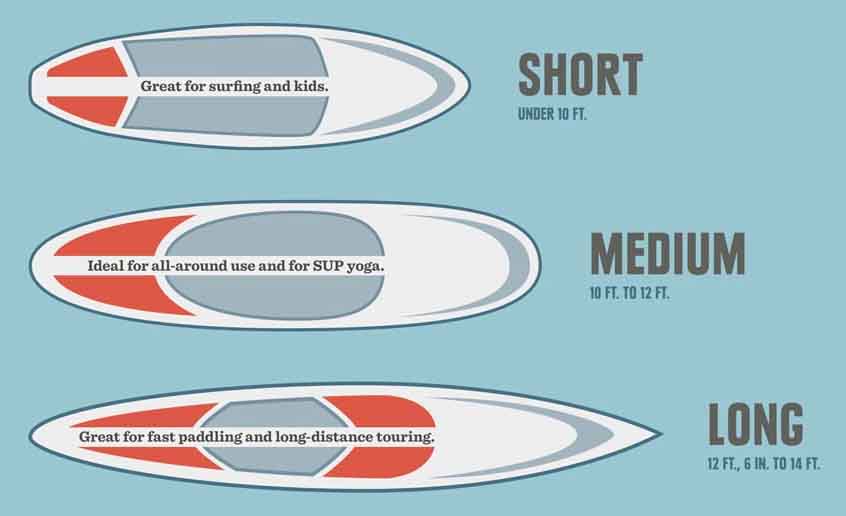
Board lengths vary between 9-18 feet. They come in roughly three different categories:
Standard Stock: a board for all conditions.
14 Foot boards: better than the stock. These are considered to give the best all round performance.
Unlimited: these are anything up to 18 feet and are the fastest type of board, favored by competitors. Some come with built-in rudders that are steered by the feet. Other considerations when buying a paddle board is the design, of which there are two kinds: planing and displacement hulls. Planing hulls are wider and flatter, which adds to their stability. Displacement hulls are V-shaped and speedy, but less stable.
Quick Reference
If you’re still confused about what size paddle board to choose, It’s best to consult a SUP (Stand Up Paddle) chart. A quick rundown will give you this:
| Weight in lbs | Board Length in Feet and Inches |
| 50-125 | 9-10’6 |
| 125-150 | 10’6-11’6 |
| 150-175 | 10’6-11’6 |
| 175-200 | 11’6-12’6 |
| 200-225 | 11’6-12’6 |
| 225-250 | 12’6 |
| 250-275 | 12’6 |
Epoxy Paddle Boards
Made with an epoxy foam core and layers of fiberglass. Lightweight, rigid and strong. Some have a central column or spine for extra strength. Very much like a surfboard, they have displacement hulls and keels. This makes them fast and easier to control, which gives a smoother ride. Labor costs in manufacture make them expensive. Competitive paddle boarders favour these.
Tip: use a padded cover or jacket when not in use or during transportation as, because of their stiff structure, they are liable to dents, cracks and splits.
Inflatable Boards
Inflatables are heavier because of the materials used. The underside is a thick industrial grade PVC. The core is pure air, but if properly inflated they are nearly as ridgid as other boards. They move through the water, not over it like epoxy boards. Although not as maneuverable, but newer designs have made them better than they used to be. Very popular with families and beginners. They come with a pump and a bag. Because they can be deflated, they are easy to transport.
Tips: be careful not to puncture them and make sure they are thoroughly dried before packing them away.
Taking up paddle boarding seriously can be more complicated than your first thought, but it is a delightful hobby or sport and worth the effort to investigate a bit before you make a purchase. Get the weight and board size ratio correct for a better and more enjoyable experience. Decide which kind of paddle boarding you are going to do and buy accordingly.
The epoxy paddle boards are expensive and can start around $1,500. Customized boards can fetch as much as $3,500. Of course, the inflatable option is much cheaper. Some of the mass produced paddle boards come with a weight capacity recommendation, but they aren’t always accurate and each of us is different. The best bet is to talk to other boarders, try out different boards and blades, and ask for recommendations.

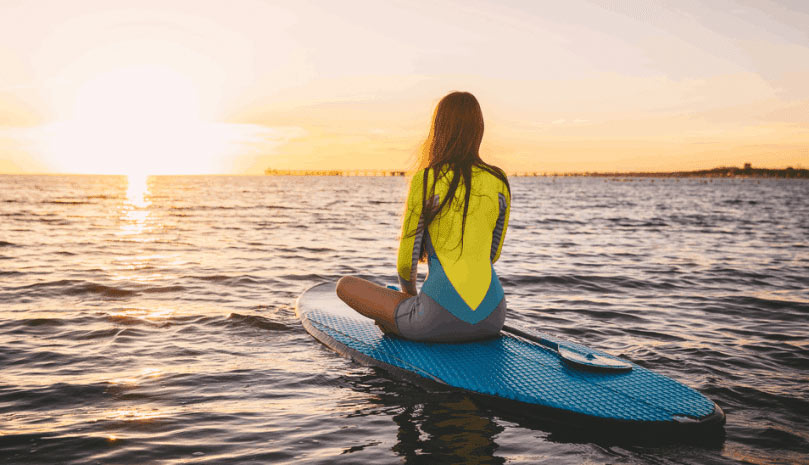
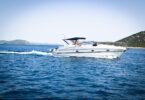

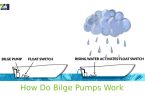
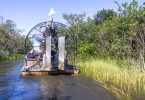
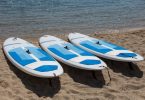

Leave a Comment